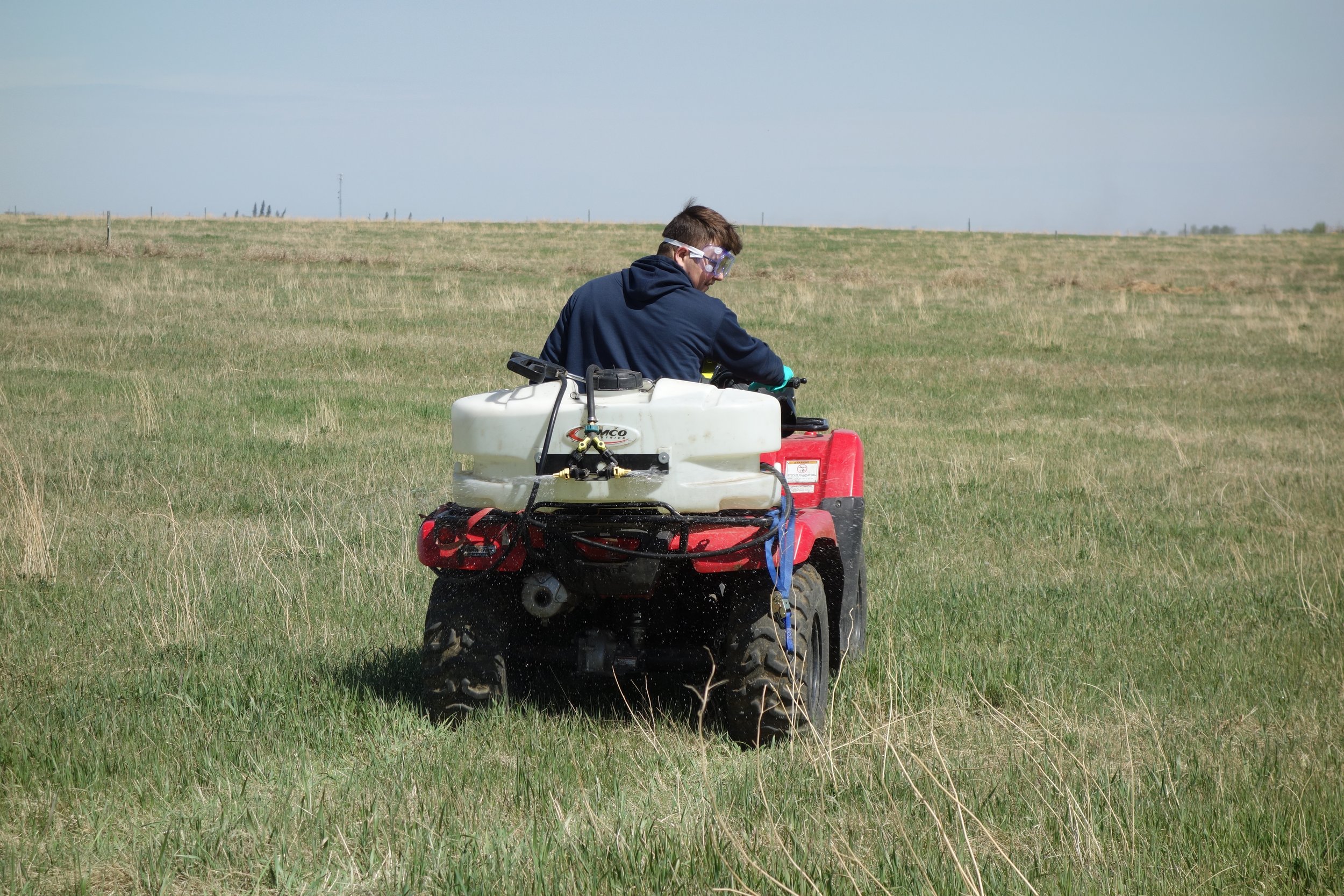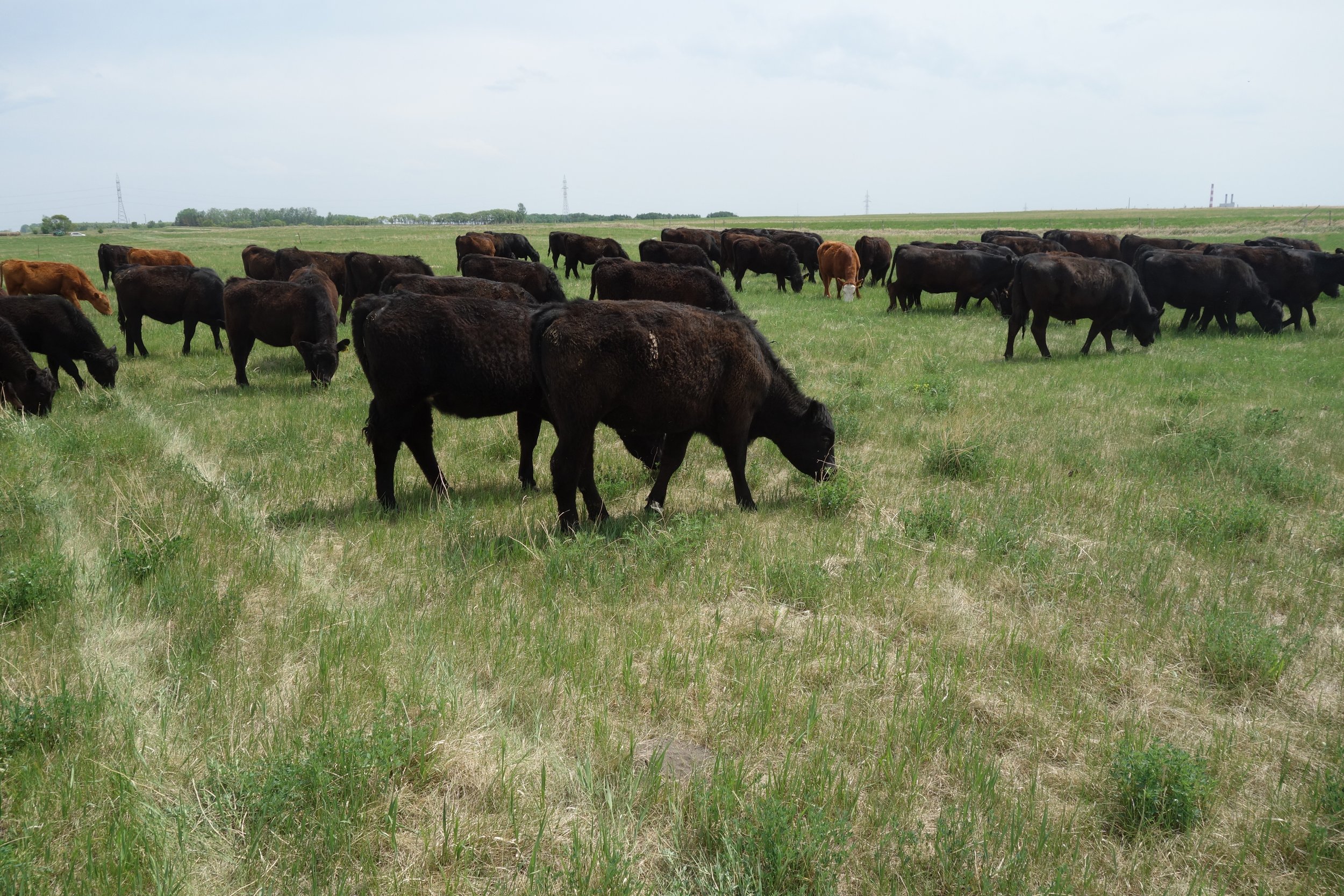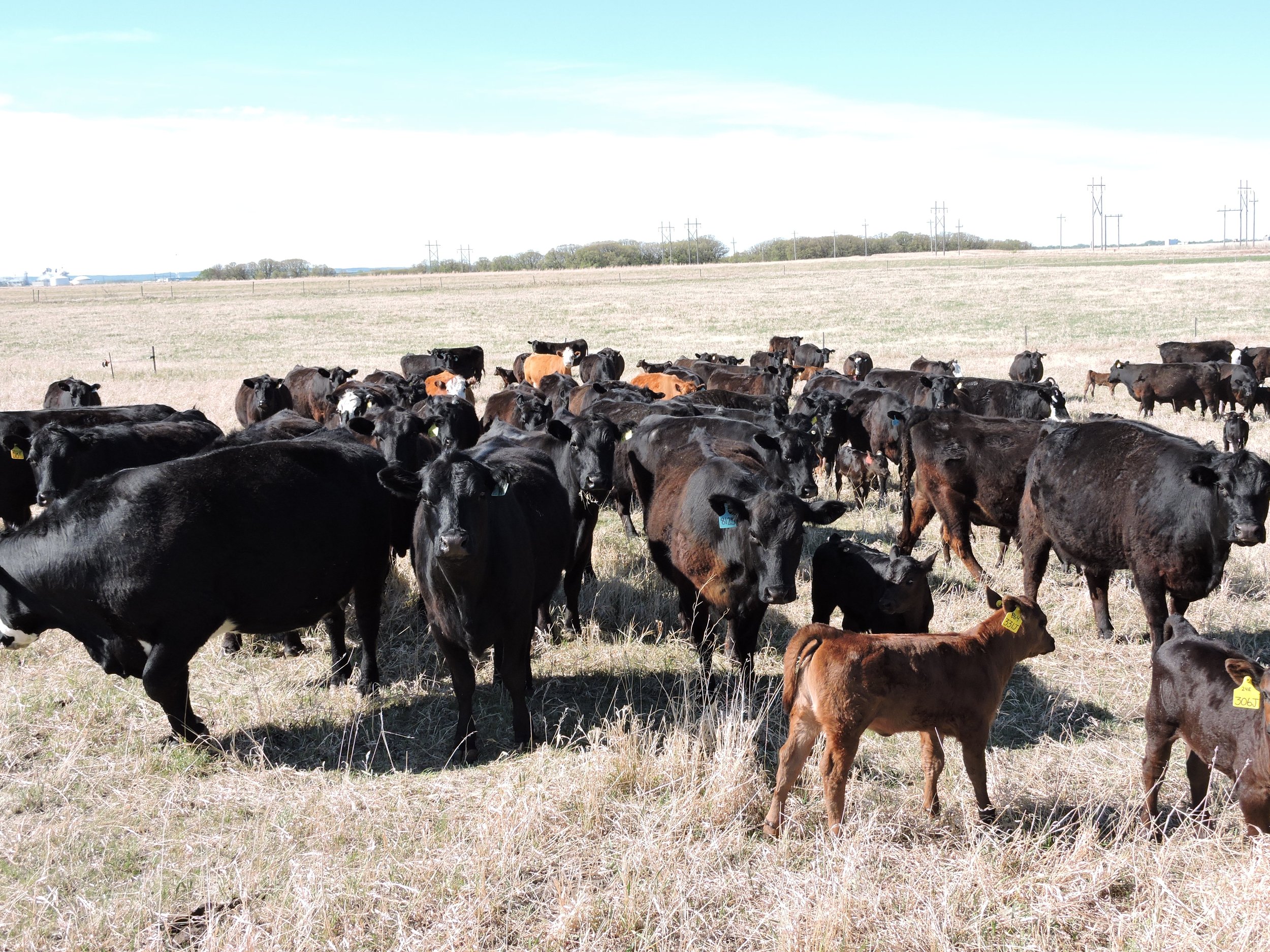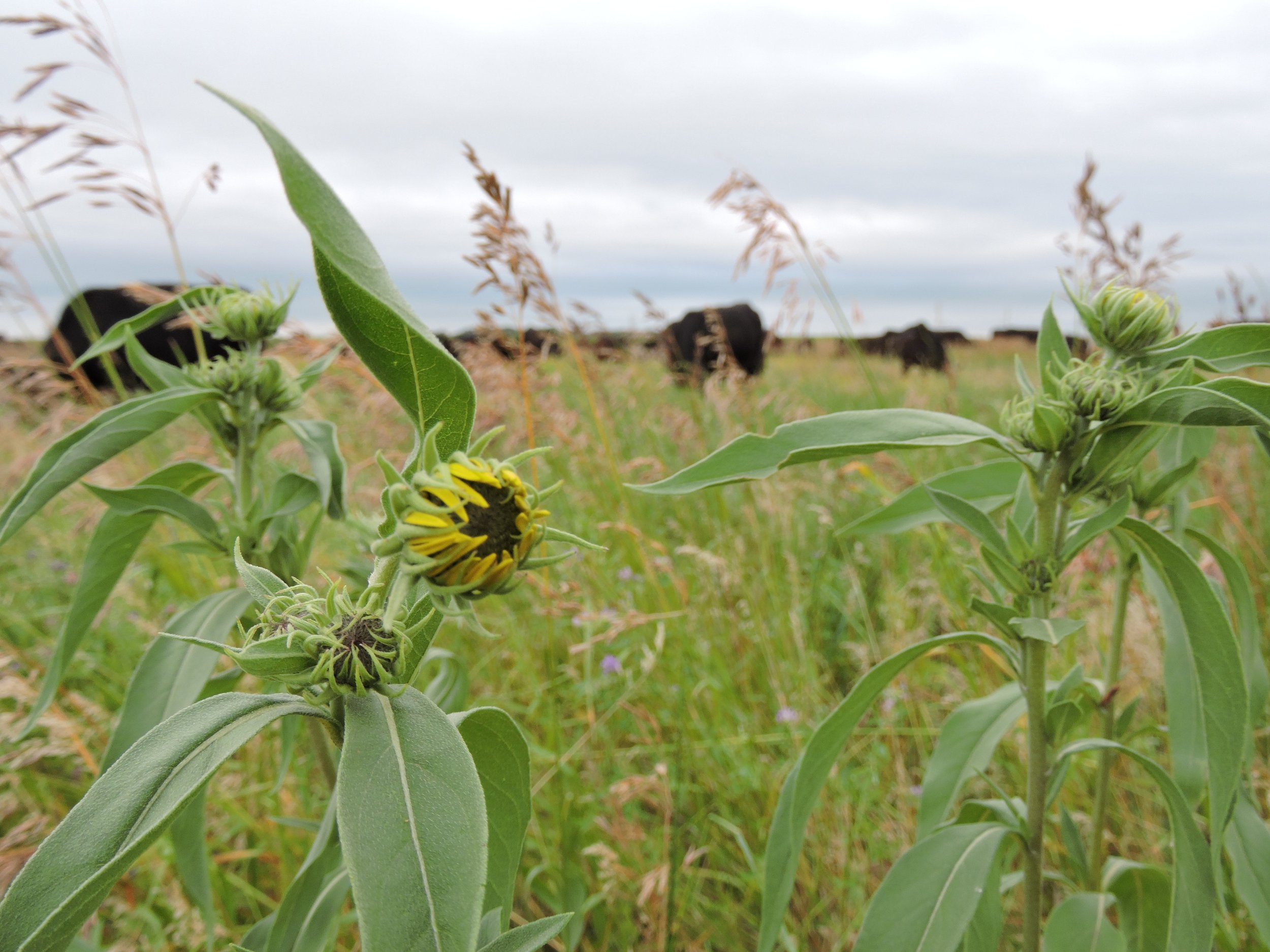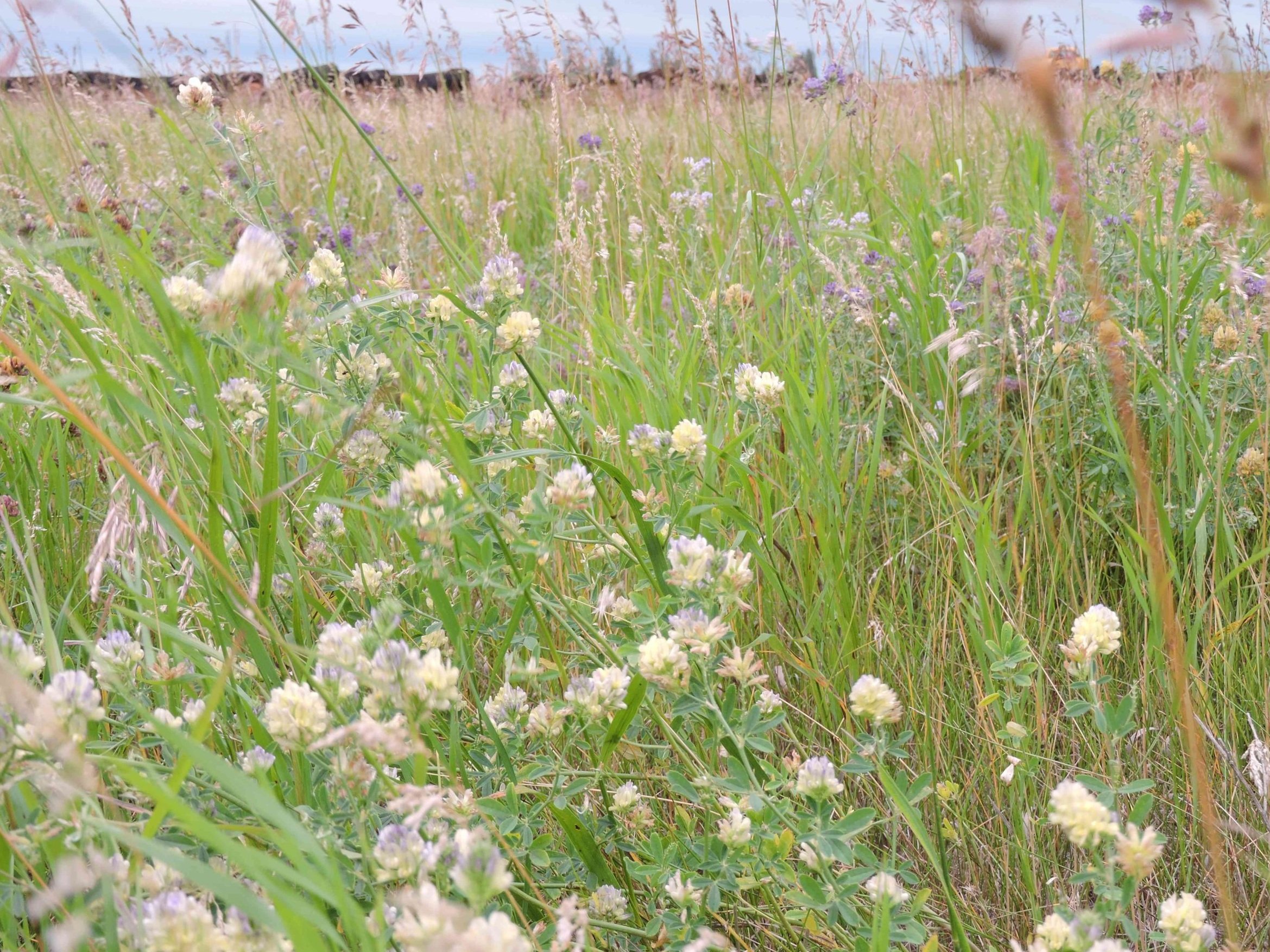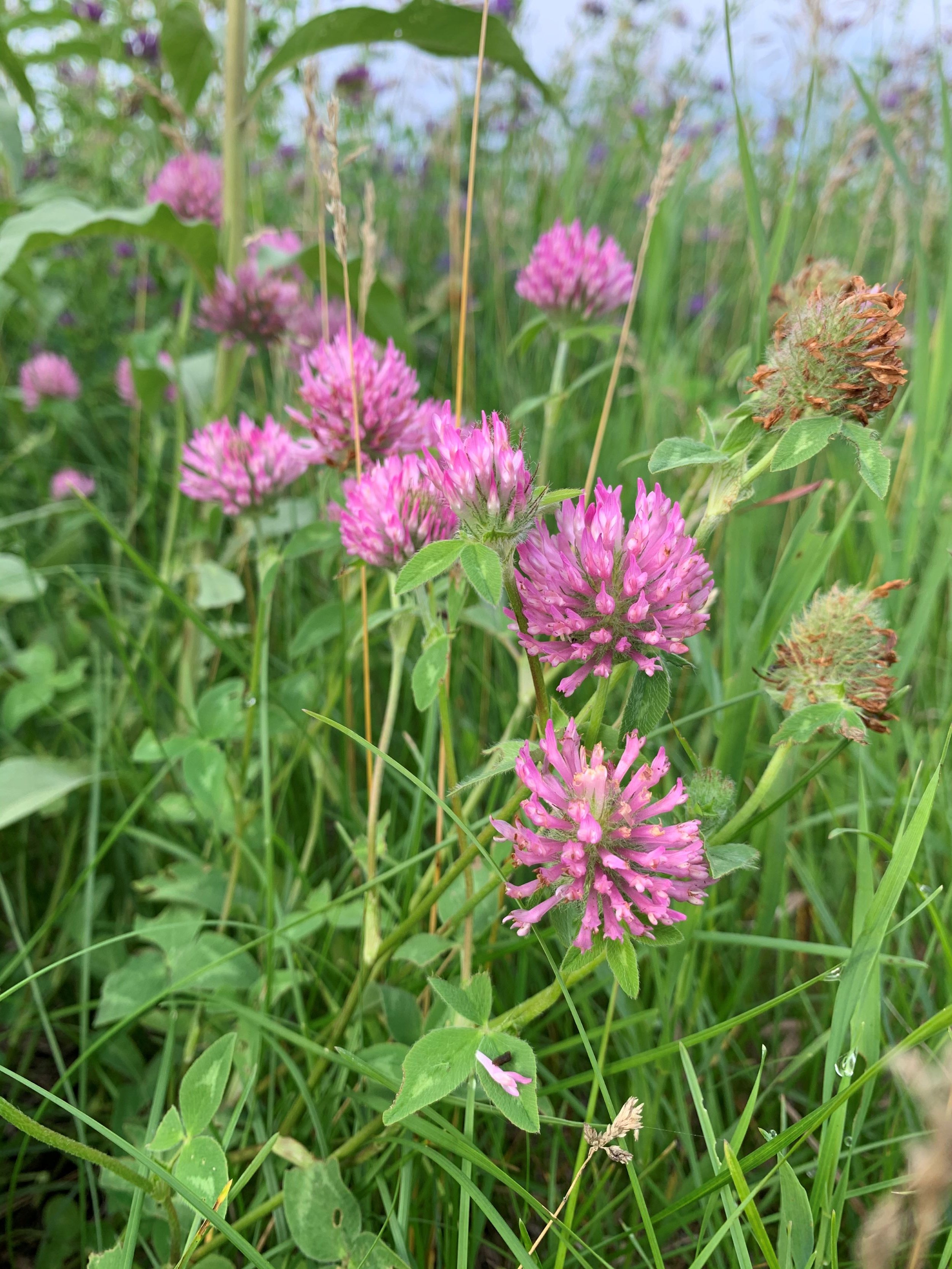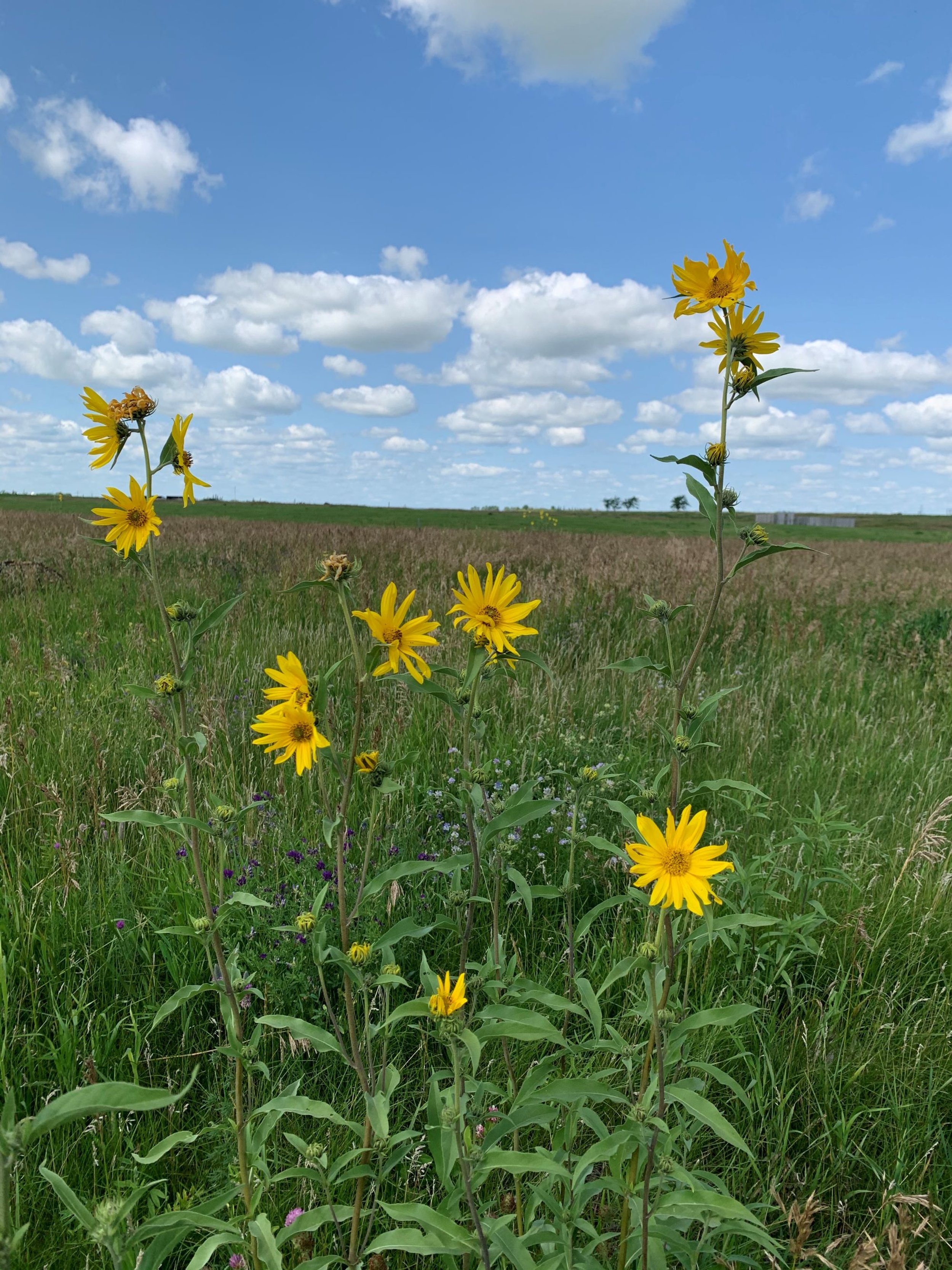Back to Research & Demonstration
Using a novel seed mix to rejuvenate tame pastures and create pollinator habitat
Project Details
Project Leads: Kim Wolfe (Manitoba Agriculture) & Mae Elsinger (Agriculture and Agri-Food Canada)
Collaborators: Dr. Stephanie Frischie (Xerces Society), Jane Thornton (Manitoba Agriculture)
Years: 2018-2021
Project Status: Complete
Funding & In-Kind Sponsors: Canadian Agricultural Partnership, General Mills, Agriculture and Agri-Food Canada
Location: Johnson Farm
Scope: Demonstration
Keywords: Habitat Biodiversity, Perennial Forages, Forage Rejuvenation
Approach
Improve low diversity pasture and establish pollinator habitat by planting a blend of legumes, tame forbs, and native forbs.
Test chemical and grazing suppression of existing pasture, as well as two direct seeding methods: broadcast followed by mob grazing, and drill seeding. This demonstration also monitored forage productivity, quality, and wildflower abundance.
Key Findings
Suppression: Chemical suppression is better than grazing suppression for limiting vigour of the existing grass species and allowing less competitive seedlings to establish.
Seeding: More establishment occurred in the drill seeding method than the broadcast and mob graze method.
Establishment: Low precipitation in 2018 and 2019 impacted establishment success. Alfalfa was most abundant; purple prairie clover, Maximillian sunflower, ladino clover occurred less frequently, and the others were rare or did not establish.
Cattle Integration: Cattle grazed in subsequent growing seasons.
Early spring grazing:
Prior to much forage growth
Frequent moves
Goal to reduce existing grass biomass and reduce competition for seeded plants.
Late fall grazing:
After forage stopped growing
Allowed seeded plants to have a full growing season to grow, produce seed, and prepare for winter.



